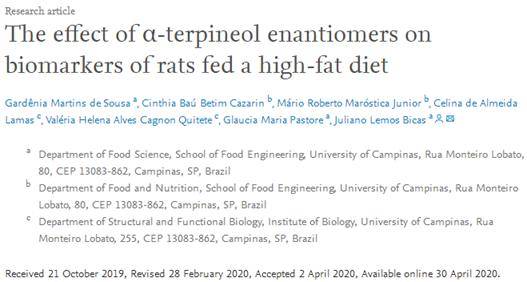"Understanding the Role of Fluorodeoxyglucose PET Scan in Diagnosing and Monitoring Cancer: A Comprehensive Guide"
Guide or Summary:Fluorodeoxyglucose PET Scan, commonly referred to as FDG-PET, is a powerful imaging technique used primarily in the field of oncology. This……
Guide or Summary:
#### Introduction to Fluorodeoxyglucose PET Scan
Fluorodeoxyglucose PET Scan, commonly referred to as FDG-PET, is a powerful imaging technique used primarily in the field of oncology. This advanced diagnostic tool utilizes a radioactive glucose analog, fluorodeoxyglucose (FDG), to visualize metabolic activity in tissues and organs. The uptake of FDG in cells is indicative of their metabolic rate, which is often elevated in cancerous tissues compared to normal tissues. This characteristic enables healthcare professionals to detect tumors, assess their size, and monitor treatment response effectively.
#### How Fluorodeoxyglucose PET Scan Works
During a fluorodeoxyglucose PET scan, patients are injected with a small amount of FDG. After a brief waiting period, during which the FDG is absorbed by the body's tissues, the patient is placed in a PET scanner. The scanner detects the radiation emitted by the FDG, creating detailed images that highlight areas of increased metabolic activity. This process allows for the identification of cancerous cells and can also help in staging the cancer, determining whether it has spread to other parts of the body.
#### Applications of Fluorodeoxyglucose PET Scan

The applications of fluorodeoxyglucose PET scan in oncology are vast. It is primarily used for:
1. **Cancer Diagnosis**: FDG-PET can help distinguish between benign and malignant tumors based on their metabolic activity.
2. **Staging of Cancer**: By identifying the extent of cancer spread, FDG-PET aids in staging, which is crucial for treatment planning.
3. **Monitoring Treatment Response**: After treatment, FDG-PET can assess how well the cancer is responding to therapy by measuring changes in metabolic activity.

4. **Detection of Recurrence**: FDG-PET is also valuable in monitoring patients for signs of cancer recurrence after treatment.
#### Benefits of Fluorodeoxyglucose PET Scan
One of the significant advantages of fluorodeoxyglucose PET scan is its ability to provide functional information about tumors, which is not possible with traditional imaging techniques like CT or MRI. This functional imaging allows for more accurate diagnosis and treatment planning. Additionally, FDG-PET scans are relatively quick, typically taking about 30 minutes to an hour, making them a convenient option for patients.
#### Limitations and Considerations

While fluorodeoxyglucose PET scan is a powerful tool, it is not without limitations. False positives can occur, as areas of inflammation or infection can also show increased FDG uptake. Furthermore, not all tumors are FDG-avid, meaning they may not take up the glucose analog effectively, leading to missed diagnoses. Therefore, FDG-PET should be used in conjunction with other diagnostic modalities for optimal results.
#### Conclusion
In conclusion, the fluorodeoxyglucose PET scan is an invaluable tool in modern oncology, providing critical information that aids in the diagnosis, staging, and treatment monitoring of cancer. As technology continues to advance, the applications and efficacy of FDG-PET are expected to expand, further enhancing its role in cancer care. For patients, understanding this imaging technique can help alleviate concerns and foster informed discussions with healthcare providers regarding their treatment options.